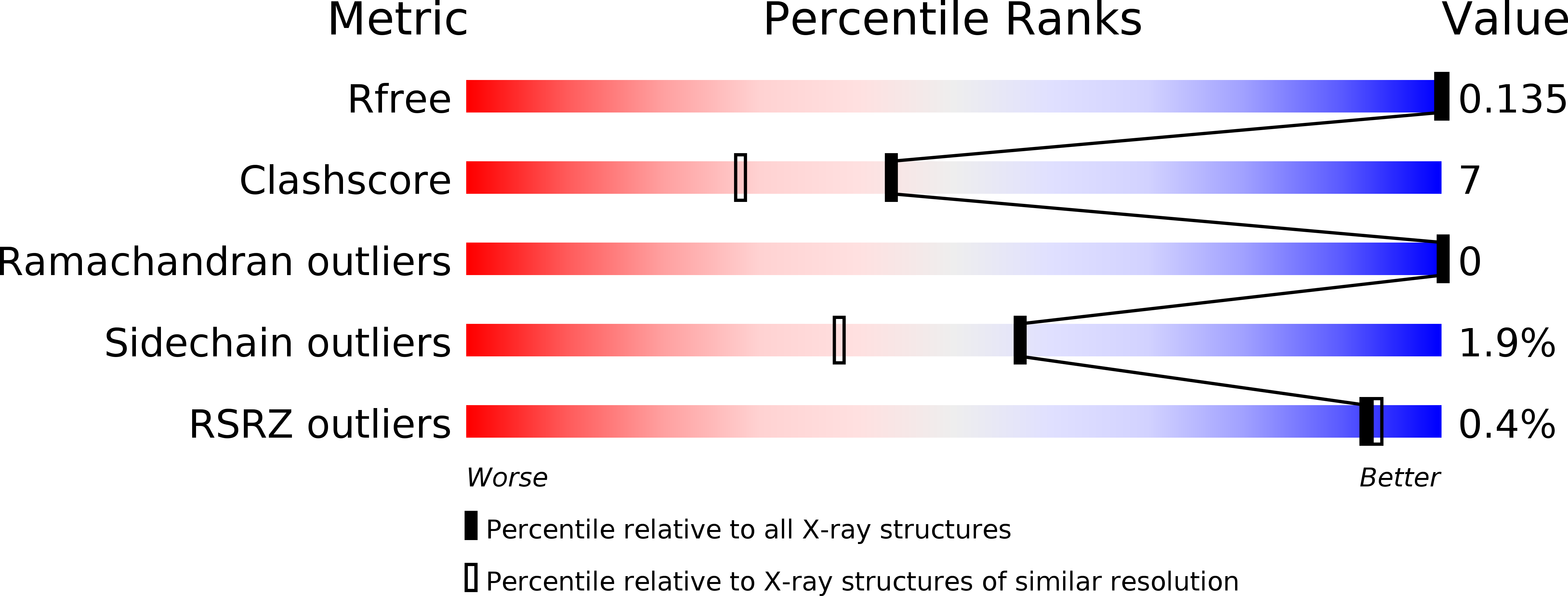Evolution of structure and mechanistic divergence in di-domain methyltransferases from nematode phosphocholine biosynthesis.
Lee, S.G., Jez, J.M.(2013) Structure 21: 1778-1787
- PubMed: 24012478
- DOI: https://doi.org/10.1016/j.str.2013.07.023
- Primary Citation of Related Structures:
4KRG, 4KRH, 4KRI - PubMed Abstract:
The phosphobase methylation pathway is the major route for supplying phosphocholine to phospholipid biosynthesis in plants, nematodes, and Plasmodium. In this pathway, phosphoethanolamine N-methyltransferase (PMT) catalyzes the sequential methylation of phosphoethanolamine to phosphocholine. In the PMT, one domain (MT1) catalyzes methylation of phosphoethanolamine to phosphomonomethylethanolamine and a second domain (MT2) completes the synthesis of phosphocholine. The X-ray crystal structures of the di-domain PMT from the parasitic nematode Haemonchus contortus (HcPMT1 and HcPMT2) reveal that the catalytic domains of these proteins are structurally distinct and allow for selective methylation of phosphobase substrates using different active site architectures. These structures also reveal changes leading to loss of function in the vestigial domains of the nematode PMT. Divergence of function in the two nematode PMTs provides two distinct antiparasitic inhibitor targets within the same essential metabolic pathway. The PMTs from nematodes, plants, and Plasmodium also highlight adaptable metabolic modularity in evolutionarily diverse organisms.
Organizational Affiliation:
Department of Biology, Washington University in St. Louis, One Brookings Drive, Campus Box 1137, St. Louis, MO 63130, USA.
























